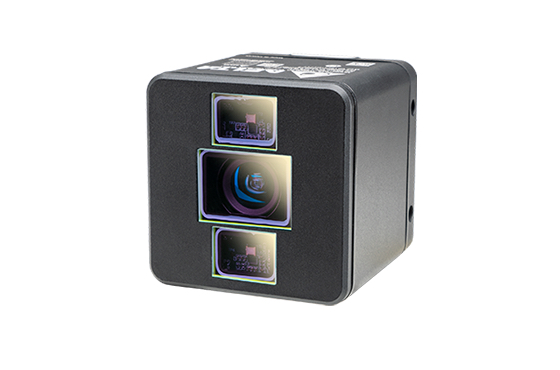Zebra Technologies today announced it intends to acquire Photoneo, a leading developer and manufacturer of 3D machine vision solutions. The 3D segment of the Machine Vision market is the fastest growing, and this acquisition will further accelerate Zebra’s presence in the category.
By combining Photoneo’s 3D machine vision solutions with Zebra’s advanced sensors, vendor-agnostic software and AI-based image processing capabilities, customers will benefit from a unique portfolio of offerings to address their most challenging use cases. These include high value applications such as bin picking, depalletizing, creating digital twins, and inspecting objects used in automotive manufacturing, logistics and other key markets.
Photoneo’s intelligent sensors are particularly effective within the vision-guided robotic segment. They are certified to interface with many of the largest robotic manufacturers for a variety of use cases including robot-arm applications for bin picking. Photoneo differentiates itself through parallel structured light technology in complex 3D applications which provides a faster, more accurate, higher resolution and more robust solution comprised of both hardware and software.
“This acquisition addresses the needs of customers globally who want to maximize the potential of machine vision within their frontline operations,” said Bill Burns, Chief Executive Officer, Zebra Technologies. “Building on Zebra’s proven expertise in autonomous data capture, inspection software and deep learning AI capabilities, this combination expands our portfolio of highly differentiated 3D sensors and advanced 3D machine vision software. We look forward to welcoming the Photoneo team to the Zebra family.”
Zebra has made strategic investments in the Machine Vision market, most recently in the acquisition of Matrox Imaging in June 2022 to augment its portfolio of fixed industrial scanners and machine vision sensors. By acquiring Matrox Imaging, Zebra accelerated its position as a provider of machine vision hardware and a broad range of software development libraries and apps now unified within the Zebra Aurora software suite.
In 2024, Zebra and Photoneo created an OEM relationship for Photoneo’s cameras that expanded Zebra’s 3D portfolio offering.
“Zebra Technologies will provide an ideal environment for Photoneo to further accelerate its innovation,” said Jan Zizka (pictured), Co-founder and CEO, Photoneo Brightpick Group. “By combining world-class 3D sensors from Photoneo with Zebra’s global reach and best-in-class 3D software, customers will be able to unlock considerable business value from machine vision across new, exciting use cases.”
This acquisition is accretive to Zebra’s profitable growth profile while advancing the company’s portfolio of machine vision solutions. Zebra expects to fund the purchase price with cash on hand. The transaction is subject to closing conditions and expected to close in the first quarter of 2025. Financial terms of the acquisition are not being disclosed.
similar news



